Popping Ibiza’s cherry: Inside 50 years of Pacha
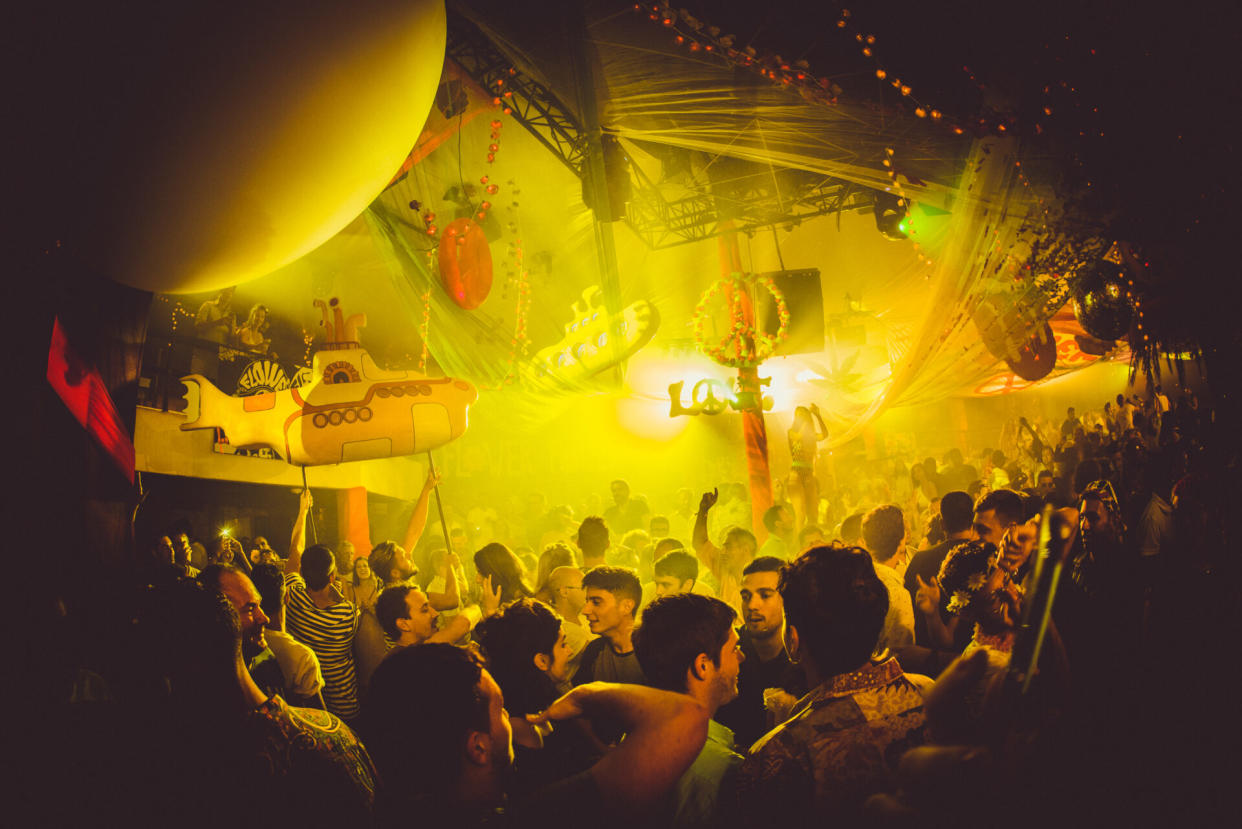
It’s been a familiar sight in the departures lounge of Ibiza Airport since the early 90s – snoozing clubbers in the foetal position on the concourse floor, hoodies pulled tight over their heads, some evidence of sunburn visible on the extremities. Their bodies may be resting, but in their head, a 128bpm track is still doing the rounds. This track will then be exported around the world by every part-time hedonist and EasyJet-setter as the autumn takes hold, invading the international charts and turning the DJs and vocalists into worldwide phenomena… and it all started on a dancefloor a few miles away in Ibiza Town.
Literally… Pacha was there first – one of the most famous clubs in the world goes gold this year. “Pacha has legendary status that’s unprecedented when it comes to the beginning of what clubbing is all about on the island”, Superstar DJ David Morales had a Pacha residency every Saturday for nine years, from 2000 – 2009. “Pacha was the ultimate experience.”
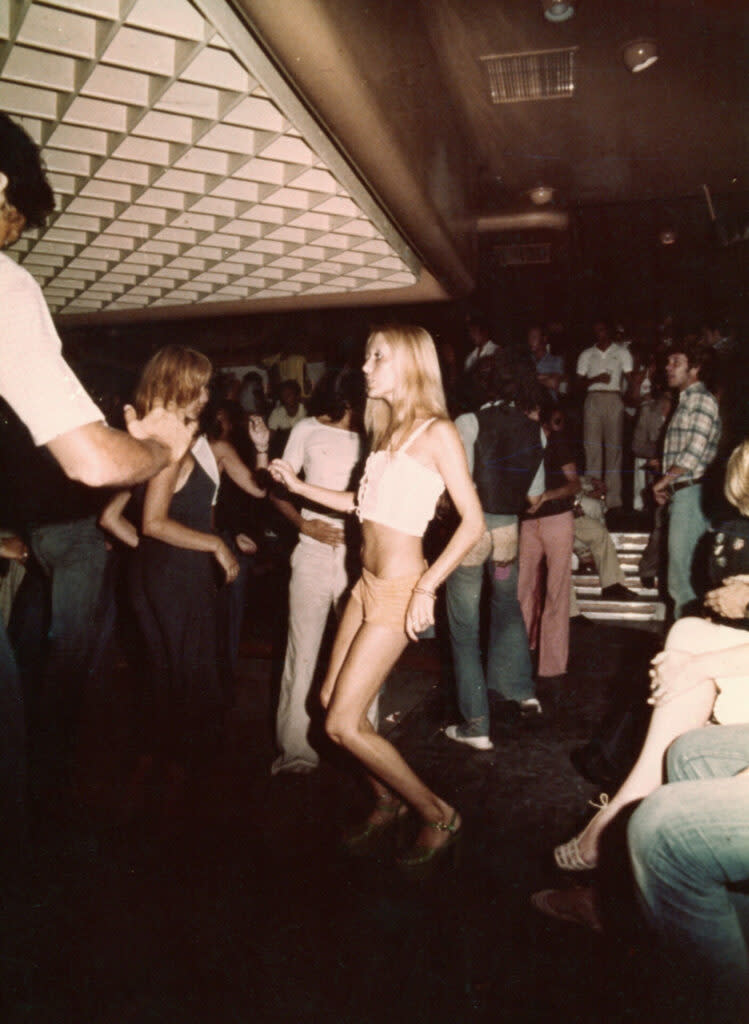
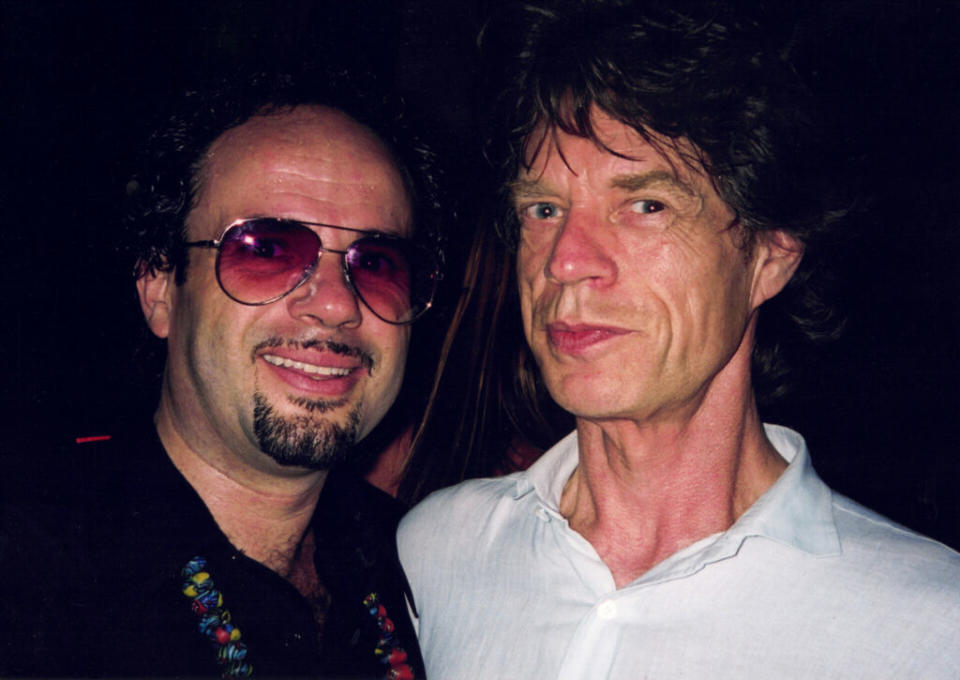
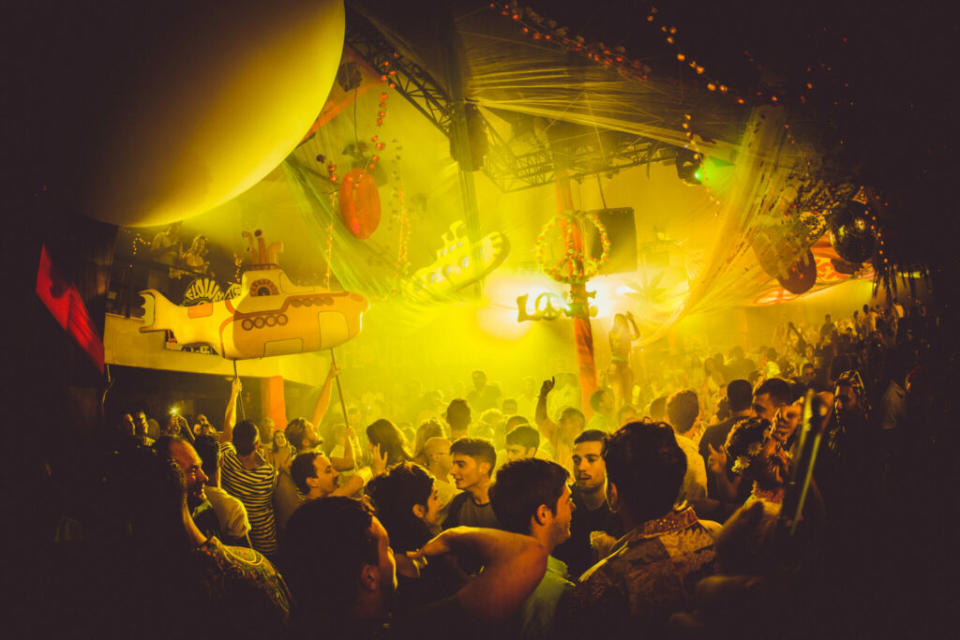
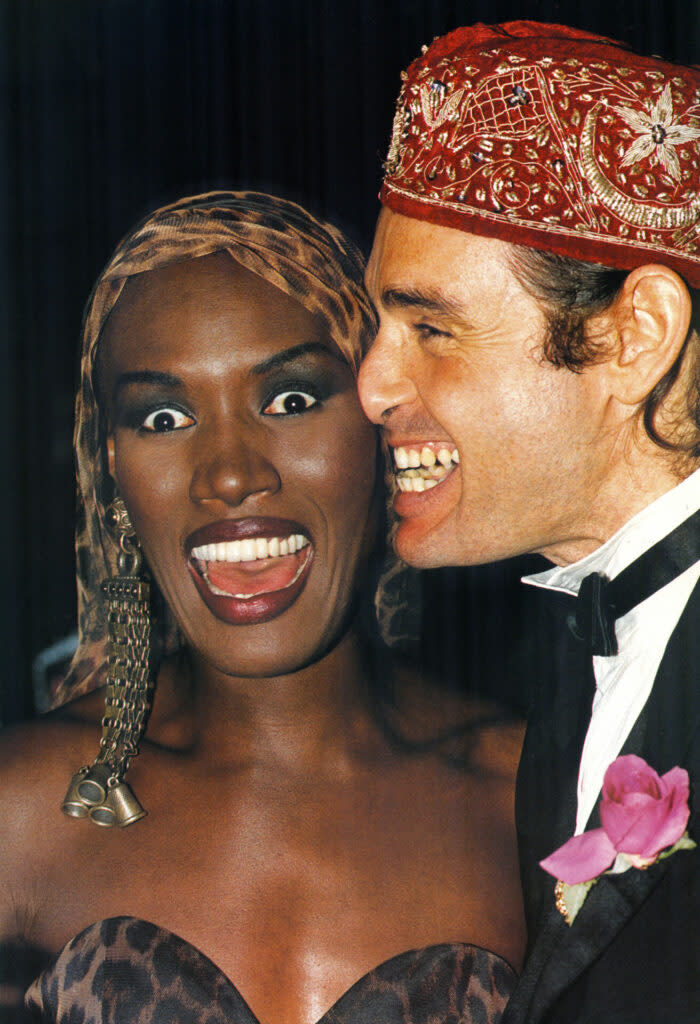
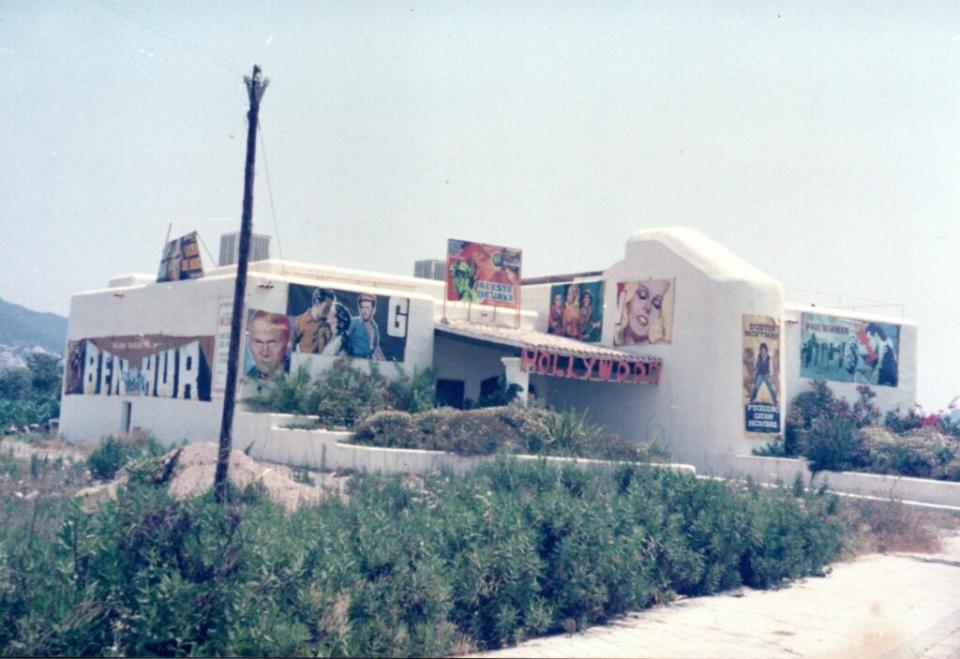
Half a century ago, Ricardo Urgell opened the Ibiza iteration of the club – which had originated in mainland fascist-governed Spain – on the White Isle. “In Spain, we used to have the dictator Franco, and Ibiza was so different to everything that was happening in Europe.” Ángel M. Zorrilla has cherry-flavoured Pacha blood running through his veins, having worked for them for more than 25 years.“Ibiza was a refuge where there was freedom – it was at the time of the Vietnam War, and there were all the rich hippies who sent their sons there to escape conscription.”

It was here that the idea of hedonism took hold on the island, the blending of the relaxed attitude of the locals with the revelry of the moneyed immigrants seeking shelter whilst the rest of the world was on fire. “It was pretty strange that Ibiza was a place of freedom in a country ruled by a dictator”, Ángel continues. “The hippies here used to pay the country people – ‘Paises’, they are called here – a little fee for the houses, so, it was these rural, isolated people, and then what they used to call ‘Pelutes’ – ‘hairy people’, hippies. It was the mix of these two cultures that worked so well. The police didn’t want to be involved because they knew they were bringing money to the island.”
Pacha Ibiza was purpose built, designed to blend in with the local architecture in the form of a sprawling Spanish ranch house, appropriately called a ‘Hacienda’ in the native language. It was not, however, immediately the blossoming disco movement which bled into the whitewashed walls. “The first music played at Pacha was not disco music, it was the Sgt Pepper’s record”, Ángel tells me. It’s hard to imagine revellers getting down to the dirty beats of ‘With a Little Help from my Friends’, but soon disco – with a sprinkle of stardust from the likes of synth pioneer Giorgio Moroder – was taking hold. The party set was coming with it, and the money and drugs were flowing.
It would be easy to assume that the stage was now set for the rise of the superstar DJ, but this sea change in music was still some way off. “The music began to turn more to disco, and with the arrival in 1978 of the Technics Mk2, the mixing of the track was the beginning of the DJ thing”, Ángel continues. “At the beginning, the DJ was not an important person – they used to play the music against the wall, not looking over the dancefloor, and only started playing the next track when the other one had finished – it was more important to have a good barman than a good DJ.”

This started to change in 1983 – the year of ‘Blue Monday’ and Detroit House sweeping the globe – when the DJ booth was finally turned towards the dancefloor. Francisco Ferrer – now the Brand Ambassador – started working at Pacha just in time to witness the tipping point, where hippies were replaced with ravers. His arrival, and the arrival of dance music, would establish Pacha as one of the ultimate clubbing destinations in the world, but it wasn’t until the 90s that the familiar image of Ibiza began to take hold. “José Padilla was resident at Cafe Del Mar”, Francisco tells me. A legendary ambient DJ, Padilla would recall to Red Bull Music Academy, shortly before his death in 2020, that the Pacha crowd was ‘a really trendy, hippie jet-set’. Ferrer continues, “[Padilla] then brought his Moondance party to Pacha in the 90s. After this, they all wanted to come to Pacha – Ministry of Sound, Renaissance… all these promoters started to produce these parties with DJs and then the evolution was that the DJs began to produce the parties themselves.” Morales concurs, “Pacha is the Mecca of Ibiza. It set the standards. It had the first VIP section.”
Ángel started working at Pacha in 1997. “At that point, the DJ was a big thing, but wasn’t the biggest thing – the thing was the party, the club, the ambience and the music itself. They realised in the mid 00s that the DJ made the party.” From everyone ignoring the DJ in the 70s, the DJ was now the main draw, the rock star. I notice this myself at Pacha’s 50th party at its Destino resort – throngs clustering at the front to witness some guy in an expensive baseball cap mix someone else’s records (yes – I realise there’s more to it than that), highlighting just how much clubbing culture has changed with the event of the smartphone. Now it’s all about the visuals.

“Pacha is the original”, declares Dave Whelan from Camelphat, one of the ‘rock star’ generation of DJs, and currently in the middle of a Pacha residency. “The island is evolving so quickly these days, but somehow Pacha continues to keep its authenticity. Even now in a world of VIP Instagram culture, walking into the club, you instantly feel a charm which can’t be bought or replicated.” It’s that balancing act which will determine Pacha’s future. In a world of Instagram and FOMO, the eye needs to be kept on the fact that it is primarily about the crowd, even for the VIP section. “ If you want the VIPs to be entertained – it’s like the old Roman cities, you need the proletariat to be dancing”, Ángel tells me.

Back in the airport, some of the slumbering bodies now rest near a Pacha gift shop – studies of the brand showed the famed cherries are as powerful as the Apple brand. The name Pacha has gone way beyond the club now, but that hacienda in Ibiza Town is still literally the beating heart of everything it stands for, an identity they intend to cling on to through all the changes technology is bringing. “Before it was more magical because there was more freedom”, says Francisco. “With technology we [the crowd] lose a little bit of our personality.”
Ángel strikes a note of optimism, however “If instagram lets them dance, then maybe it can become a good thing!” As long as the crowds keep dancing and the beats keep being pumped out underneath those giant mirrorball cherries, there will still be a place for that refuge from the world in Ibiza Town in another fifty years.

 Yahoo News
Yahoo News 
